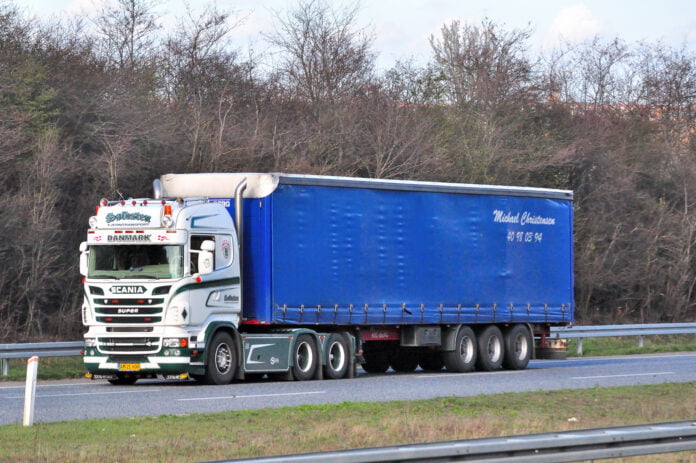At some point, your business may need to purchase some trucks and HGVs for various business reasons. You may need them to deliver goods between your warehouses, or to carry goods to your clients. Your business may be primarily focused on trucks and HGVs. Safety is often a major concern for most fleet managers. With hundreds of accidents happening on UK roads each year, the pressure is on to improve the safety of drivers and the trucks themselves. This short guide will explain how you can run a successful fleet within your business and discuss topics such as tachograph analysis software and safety policies for your fleet of trucks.
Provide Extensive Training
Are your team driving as efficiently as possible? This is an important question to ask yourself. You will need to ensure that your drivers have an operator’s license, and are constantly trained on improving their driving habits, to get rid of bad driving habits. For example, harsh braking and acceleration can quickly cause an accident on the road. By providing your truckers with extensive HGV training, you are setting expectations in place. It allows your team to learn from one another as they can share HGV safety tips. If your business needs to improve its current training programs, look at some training program tips online to help you get started.
Implement Tachograph Analysis Software
Tachograph analysis software is a helpful tool that allows you to monitor your trucks around the clock. You can gain insight into your drivers’ daily performances. The software produces detailed reports – highlighting areas that need attention. Check out this tool from FleetGO. It operates via a user-friendly cloud platform, so all your checks are built-in, allowing you to avoid violations of EU regulations. So, you no longer have to worry that your company is at risk. The best part is their tachograph analysis software comes with a 30-day free trial. So, you can try it to see if it is the right fit for your business.
Create A Maintenance Schedule
When you have a large fleet of trucks at your disposal, it can be difficult to keep track of them all. Unfortunately, for some fleet managers, maintenance checks can slip. Some companies may have HGVs in their fleet that are dated, and not 100% road safe, putting themselves at risk. To avoid this from happening, you must create a maintenance schedule. It can be a good idea to partner with local businesses to schedule frequent checks of your truck’s oil – and inspect the tires. Preventative maintenance is crucial to your operator’s safety. Not only will it protect them while they are on the road, but it will also help you maintain your truck for the long term.
Create A Safety Policy
Some operators in your fleet will better understand safety than others. So, to ensure that your team is all on the same page, you must create a safety policy. This allows companies to set expectations in place. For example, the policy should include information regarding the mishandling of a company HGV and the consequences. Every driver should be given access to a copy of the safety policy to familiarise themselves with its contents. You should ask your team to sign the document to confirm that they have read and understood them. This allows them to ask any questions they may have. If you need advice when writing a safety policy, refer to some online resources to help you.






